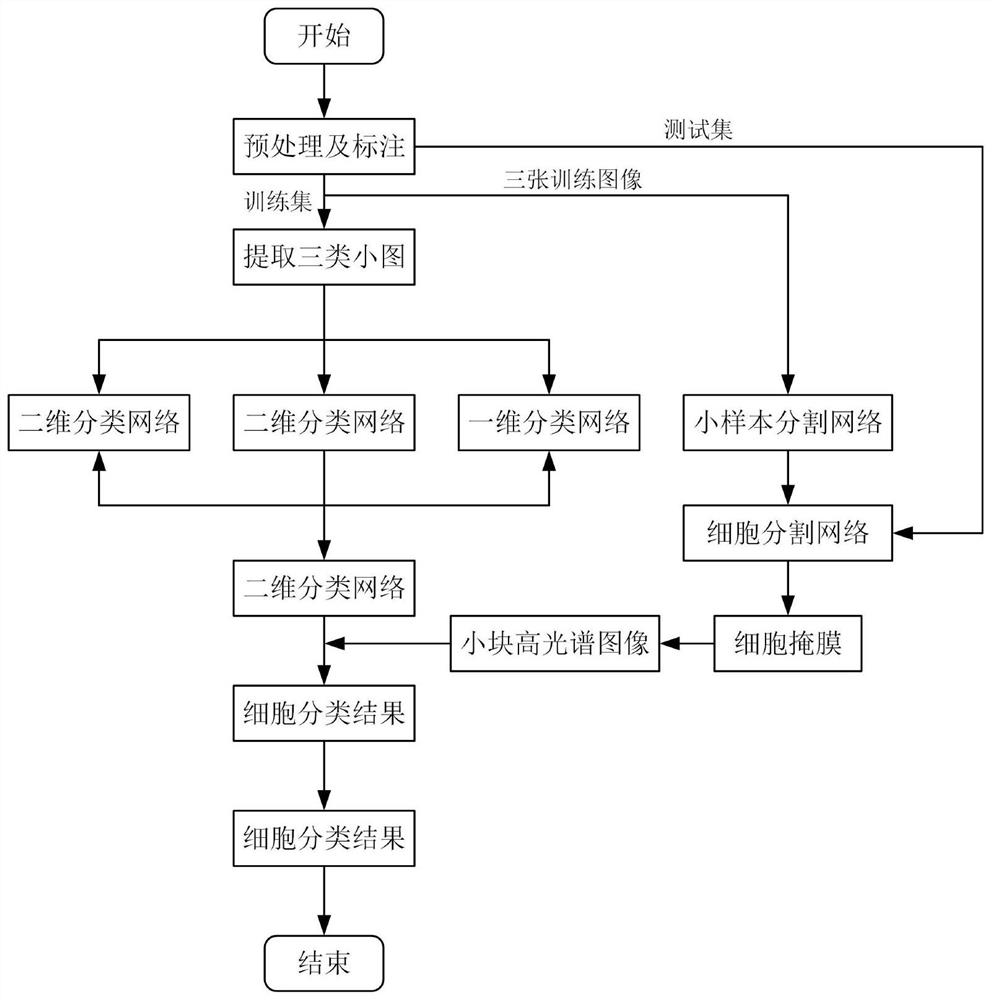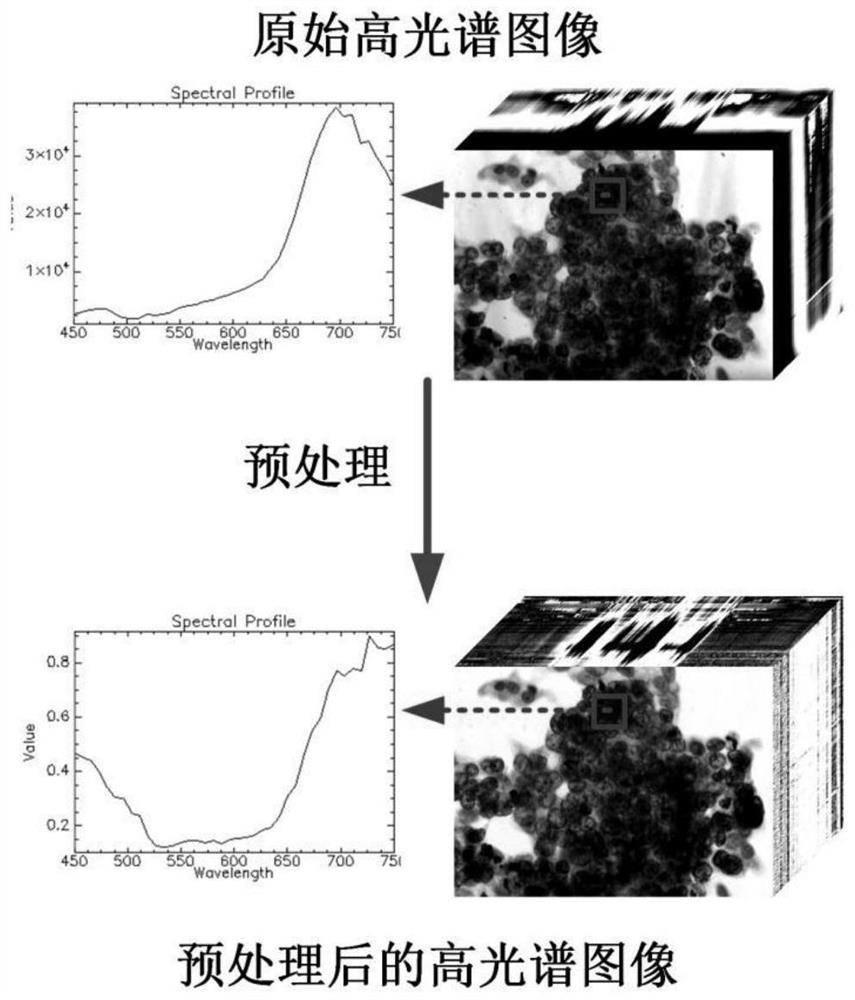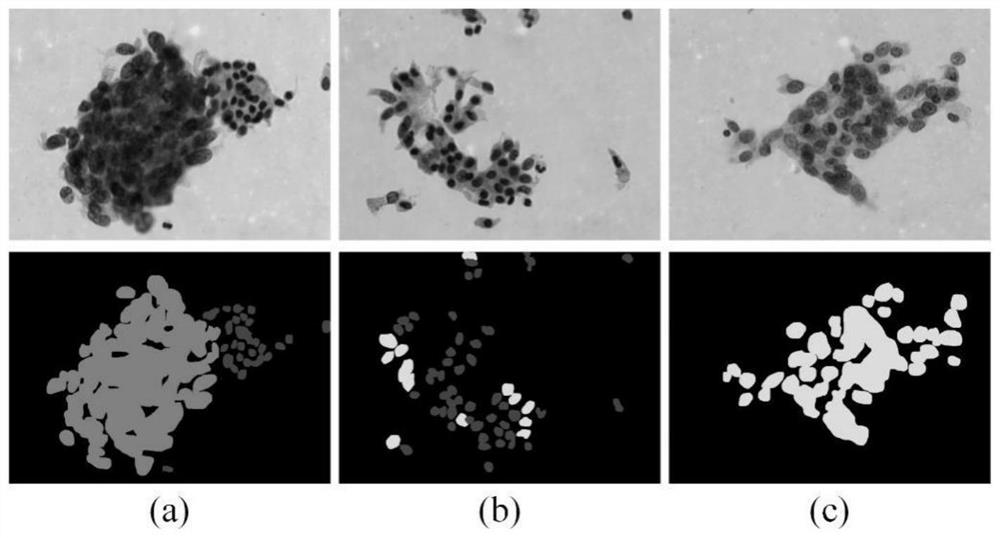Lung brush film cell identification and segmentation method based on deep learning
A technology of cell recognition and deep learning, applied in neural learning methods, character and pattern recognition, acquisition/recognition of microscopic objects, etc., can solve the time-consuming problems of microscopic pathological images, and achieve good prediction results and good performance
- Summary
- Abstract
- Description
- Claims
- Application Information
AI Technical Summary
Problems solved by technology
Method used
Image
Examples
Embodiment Construction
[0034] The technical solutions in the embodiments of the present invention will be clearly and completely described below with reference to the accompanying drawings in the embodiments of the present invention. Obviously, the described embodiments are only a part of the embodiments of the present invention, but not all of the embodiments. Based on the embodiments of the present invention, all other embodiments obtained by those of ordinary skill in the art without creative efforts shall fall within the protection scope of the present invention.
[0035] like figure 1 As shown, the present invention discloses a deep learning-based lung brush sheet cell identification and segmentation method, comprising:
[0036] S1, obtaining the original hyperspectral image of lung adenocarcinoma, and preprocessing the original hyperspectral image of lung adenocarcinoma;
[0037] All the original hyperspectral images of lung adenocarcinoma were divided by their corresponding blank images to o...
PUM
 Login to View More
Login to View More Abstract
Description
Claims
Application Information
 Login to View More
Login to View More - R&D
- Intellectual Property
- Life Sciences
- Materials
- Tech Scout
- Unparalleled Data Quality
- Higher Quality Content
- 60% Fewer Hallucinations
Browse by: Latest US Patents, China's latest patents, Technical Efficacy Thesaurus, Application Domain, Technology Topic, Popular Technical Reports.
© 2025 PatSnap. All rights reserved.Legal|Privacy policy|Modern Slavery Act Transparency Statement|Sitemap|About US| Contact US: help@patsnap.com



